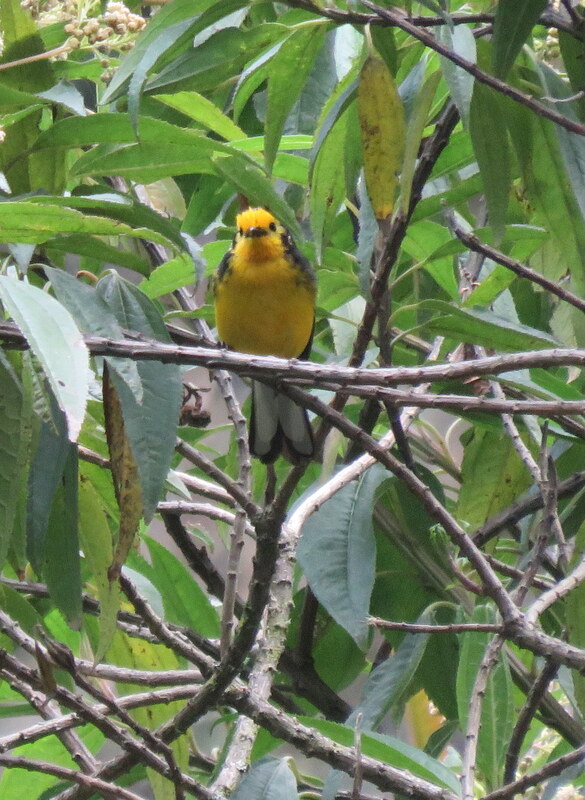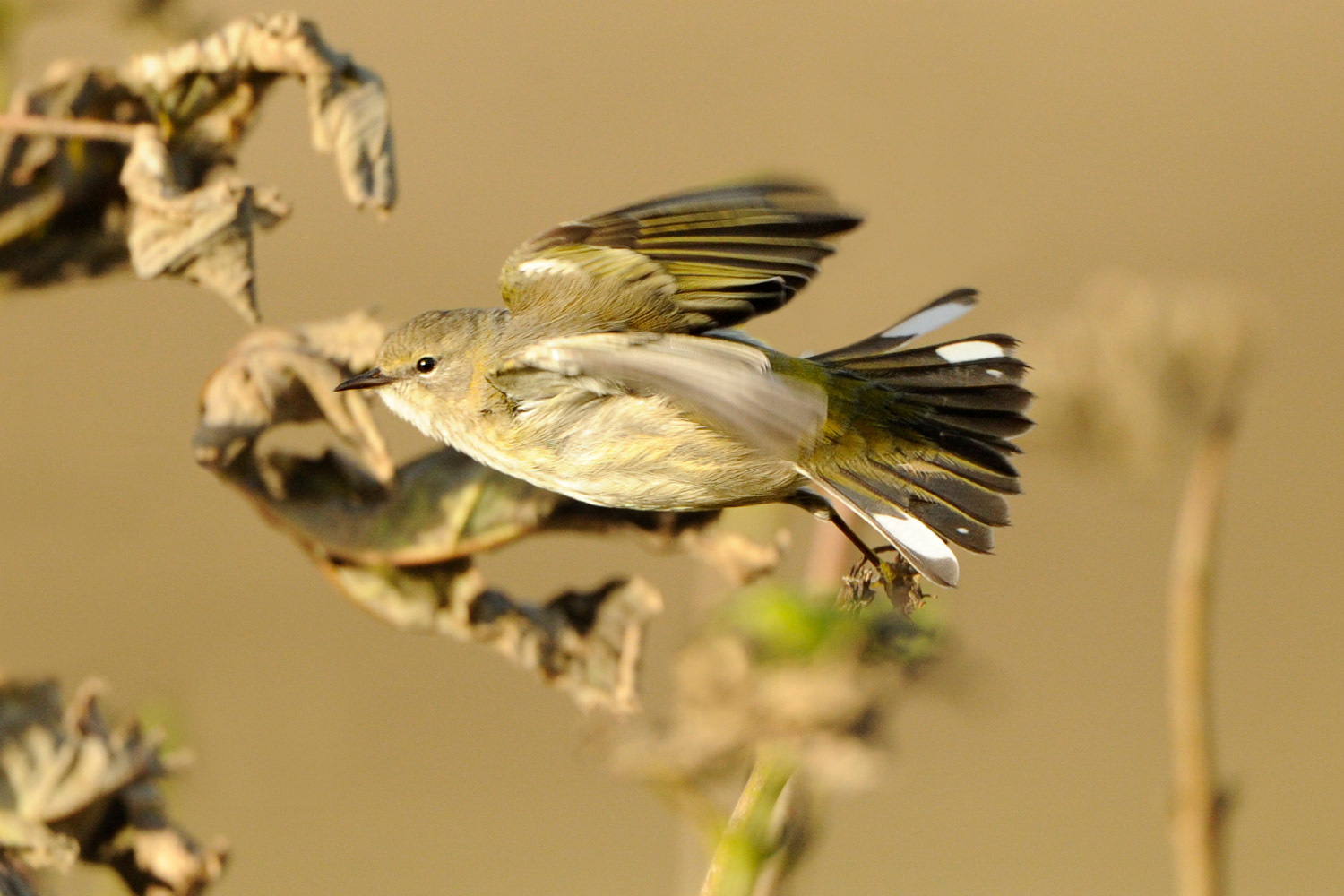

They spread across all three continents and probably thrived in dense understorey vegetation, bouncing between branches with their small bodies and strong feet.

Passeriformes were probably the last avian order to evolve, splitting from parrots during the Paleogene period, around sixty million years ago, when Antarctica was temperate and still connected to Australia and South America. The book demonstrates on a global scale Wallace’s key observation after his travels in Indonesia and New Guinea more than 150 years ago: ‘The changes of the forms of animals,’ he wrote, ‘appear to have accompanied, and perhaps to have depended on, changes of physical geography, of climate or of vegetation.’ This has allowed the authors to map the dispersal of songbirds over millions of years, from their first emergence in the southern hemisphere to their worldwide distribution today. The Largest Avian Radiation draws on hundreds of research papers to place almost every passerine species on an authoritative tree of life, synthesising ‘enormous amounts of data which previously were scattered on millions of book pages, or on labels of millions of specimens in museum collections, in huge databases in research institutions’. This changed in the late 1990s with the rise of molecular systematics, which uses DNA to determine the relatedness of species. According to The Largest Avian Radiation, ‘the passerines were found to be so uniform in their anatomy that it was not considered possible to trace clear patterns of evolutionary descent among them.’ But ornithologists struggled to sort Passeriformes into families. The complexity of the syrinx revealed an evolutionary division between the oscine passerines, or songbirds, and the 1300 species of suboscine passerines, which live mostly in tropical South America and lack vocal learning. They are a prime example of what evolutionary biologists call a ‘radiation’ – the explosion of a single ancestral species into a multitude of forms.įor all their variety in plumage and behaviour, however, the different types of passerine bird exhibited few of the underlying anatomical differences on which traditional taxonomy relied. By the end of the 20th century, the 6200 passerine species accounted for nearly two-thirds of total avian diversity.

The foot became a key diagnostic character for the order Passeriformes, which quickly outnumbered all the other avian orders put together. Curators saw that many of the small birds from the Americas, Australia, Africa and Asia shared a feature with common European songbirds: a ‘perching foot’, with three toes pointing forward, a strong backwards-facing toe called a hallux and a separate tendon operating each. Naturalists first recognised songbirds as an evolutionary unit in the 19th century, when men like Wallace collected animals from around the globe for European museums. What birds-of-paradise have in common with all other songbirds, such as thrushes, finches, wrens, crows and jays, is not the sound they make but the structure of their vocal organ – the syrinx – and their ability to learn new noises and expand their repertoires. There are more than 4500 species of songbird, and they live on every continent except Antarctica. According to The Largest Avian Radiation: The Evolution of Perching Birds, or the Order Passeriformes, the island was central to the evolution of songbirds, the most conspicuous and widespread vertebrates on land. New Guinea’s birdlife is not a secret the island has locked away in its forests, however, but a gift it has spread around the world. ‘Nature seems to have taken every precaution that these, her choicest treasures, may not lose value by being too easily obtained,’ Alfred Russel Wallace wrote in 1862. Western naturalists have long regretted that such spectacular showmen are to be found only in New Guinea. The twelve-wired bird-of-paradise bounces his banana-yellow backside, while Carola’s parotia sports a black-feather tutu and six-step dance routine. The blue bird-of-paradise hangs upside down from a branch and flounces his aquamarine gown. The black sicklebill perches on a stump, opens his shoulder plumes and tips forward, stretching his tail feathers out, like an obsidian comet.

F or millions of years, male birds-of-paradise have been striking courtship poses in the forests of New Guinea.


 0 kommentar(er)
0 kommentar(er)
